White House Hosts Summit on Next Generation High Schools
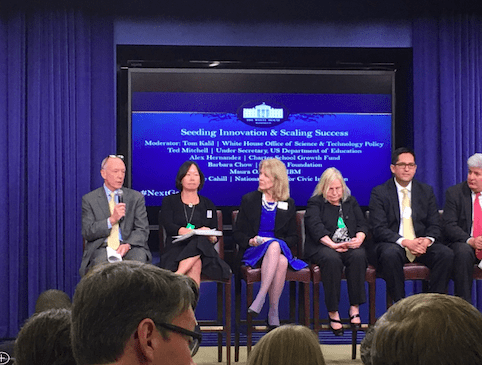
On Tuesday November 10th, the White House hosted the first-ever national Summit on Next Generation High Schools. The summit, with highlights featured on Twitter with trending hashtag #NextGenHS, invited innovative educators from around the country to convene and catalyze innovative thinking on the opportunities to enhance high school education for millions of American students, as well as highlight new innovations and investments. Many stakeholders across the American education landscape attended the Summit in order to create a more equitable education system.
The event coincided with the Obama administration announcement to fund $375 million dollars on next-generation high schools. Details of the announcement:
- Commitments to fund the design of 100 next-generation schools serving more than 50,000 students, including the expansion of New Tech Network to over 50 schools
- More than $225 million from support of foundations, including $200 million fund to support student-centered learning initiatives from the Nellie Mae Education Foundation, as well as the development of leadership initiatives with support from William and Flora Hewlett Foundation in partnership with the Stanford University d.school and IDEO
- The Alliance for Excellent Education will launch a “Better Schools for All” Campaign to continue to build momentum for the work and also connecting research to best practices across sectors.
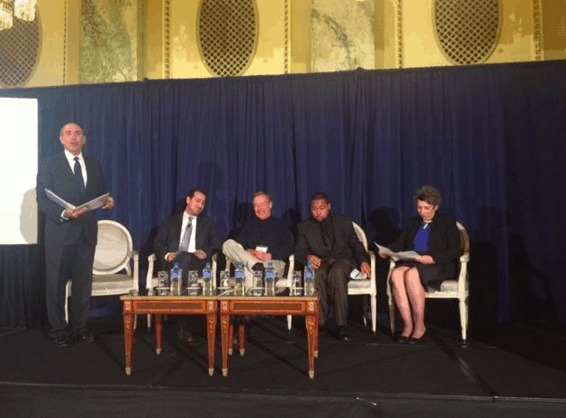
Attendees of the summit included representatives from innovative schools and school networks, organizations and foundations across the education sector.
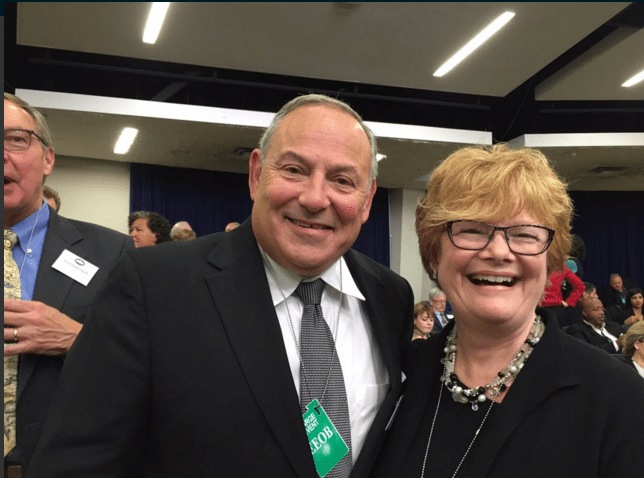
Lydia Dobyns, president and CEO of New Tech Network, said, “This summit makes clear that school districts can be inspired to change how schools function, based on proven models of innovation. Plenty of examples of transformed schools abound, including the nearly 200 public schools in the New Tech Network today. So what makes a school a New Tech school? You’ll find a culture that empowers students, where personalized learning happens through project based learning, the pervasive use of technology and classroom-based assessment systems that measure what matters.”
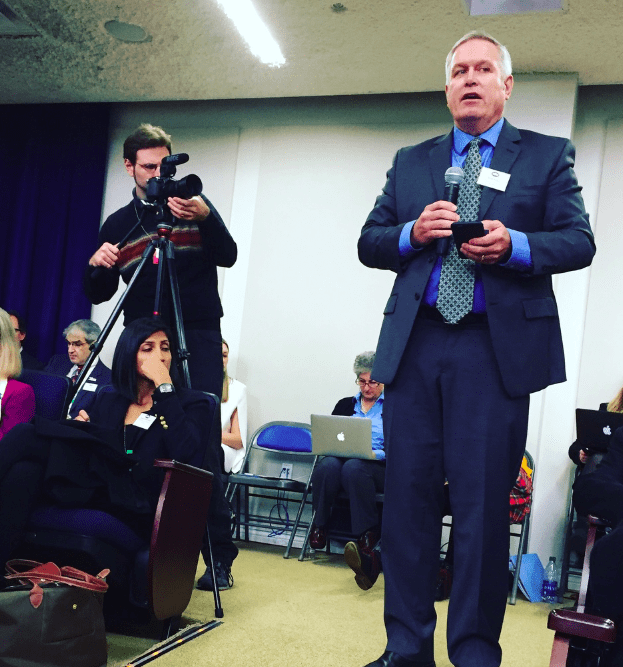
Bob Lenz, executive director of the Buck Institute for Education, attended the summit and said, “We have a growing momentum to redesign high schools in this country. I hope we can gather this energy towards real and lasting change. The time is now to redesign high schools for deeper learning outcomes using Gold Standard Project Based Learning.” Bob added, “Project-based learning done well is considered central to the design of the next-generation high school.”
Megan Smith, the U.S. chief technology officer in the Office of Science and Technology, said, “If we want our kids to learn to play baseball, they need to play the sport, not study it.” “The issue in America is more of an ‘Engagement Gap’ than an ‘Achievement Gap.’ The real flip we need in our classrooms is having students being engaged and self-directed.”
Ted Dintersmith, executive producer of the film Most Likely to Succeed (which we reviewed here), who also spoke at the Summit, said, “My talk stressed the urgency of transforming our schools, given a growing crisis in youth unemployment and disengagement. There are sparks and embers of great learning happening all over our country, but we need to turn them into a bonfire. A compelling film has the chance to do that, to build a movement. And our grassroots and grasstops strategy can play an important role in catalyzing innovation and change.”
Isabelle Parker, Co-Founder & CFO of Summit Public Schools, who also attended the White House Summit, said, “We cultivate in our children the real-life habits and skills that lead to success in today’s world. And we ensure every minute of every day at school is supporting this type of student-centered learning. It is possible, once we let go of our most familiar notions of what school is. This is what teachers across the country—who work day in and day out with our students—are telling us they believe is necessary to prepare students to succeed in the real world. At Summit, we call it personalized learning.”
Andrew Brennen, national field director of Student Voice, announced their plans for a nationwide tour at the Summit. “Students are the ‘stakeholders-in-chief’ of the education system and I am looking forward to rethinking high school to ensure students are put first,” Brennen shared in regards to the tour. (If you want to read more about the #StuVoice movement, see our blog from Student Voice’s Daniel Kao in our Generation Do It Yourself series here).
Through the tour, Student Voice plans to reach at least 10,000 students from all 50 states.
Zak Malamed, executive director of Student Voice, sees the tour as the next step in the story of Student Voice. “Student Voice started with a hashtag that connected students and others in the education community from across the world. We have heard their voices. With the tour, we can now hear from more students and see what they are experiencing firsthand, and the Student Bill of Rights will help them act on their perspectives too.”
For more on next-generation high schools, see:
- Getting Smart on Regional Next-Gen School Design
- 7 Roles of a Next-Gen Learning Ecosystem
- A Next Gen School for Every Child
New Tech Network, Future of Schools, and Buck Institute for Education are Getting Smart Advocacy Partners



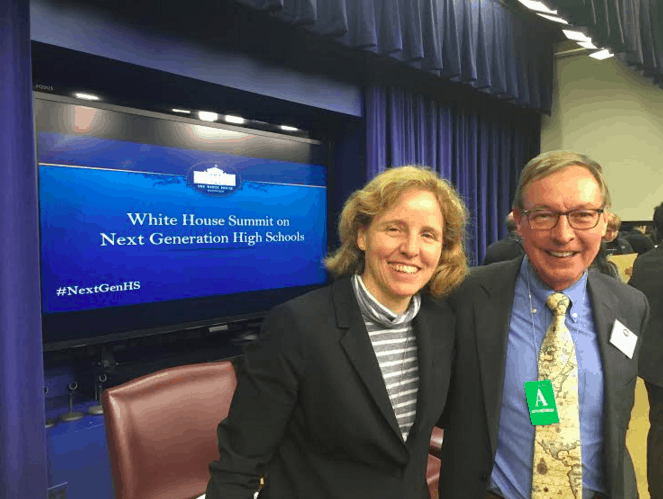

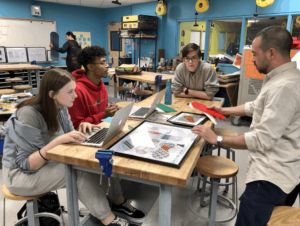

0 Comments
Leave a Comment
Your email address will not be published. All fields are required.